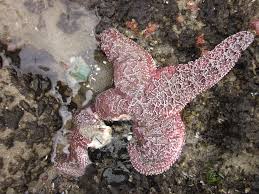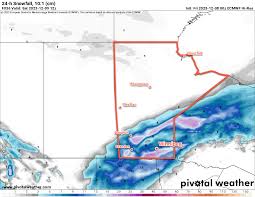The Impact of Sea Star Wasting Disease on Marine Life

Introduction
Sea star wasting disease (SSWD) has emerged as a significant threat to marine ecosystems along the Pacific coast of North America. First identified in 2013, SSWD leads to the rapid decline of sea star populations, raising concerns among scientists and conservationists about the health of our oceans. With numerous species affected, understanding SSWD is crucial for marine biodiversity and ecosystem stability.
What is Sea Star Wasting Disease?
SSWD is characterized by lesions and physical deterioration in sea stars, often resulting in their eventual disintegration. The disease primarily affects several species, including the iconic Pacific sunflower sea star. Symptoms typically appear as white lesions on an individual’s body, which can lead to the loss of arms and, ultimately, death.
Current Events and Observations
In recent years, marine biologists have reported significant outbreaks of SSWD, especially in regions such as California, Washington, and British Columbia. A research study published in July 2023 documented a resurgence of the disease, which was initially thought to have plateaued during the COVID-19 pandemic due to reduced human activity in marine areas. These findings indicate that SSWD is continuing to pose a long-term threat to sea star populations, with some species facing the risk of extinction.
Underlying Causes
Research has pointed to various factors contributing to the outbreak of SSWD, including climate change, warmer ocean temperatures, and the proliferation of pathogens associated with the disease. A report from the National Oceanic and Atmospheric Administration (NOAA) highlighted the correlation between rising sea temperatures and the increased prevalence of SSWD, with warmer conditions possibly facilitating the spread of the causative agent, a type of virus known as densovirus.
Conservation Efforts
In response to the ongoing crisis, marine conservation groups have initiated several efforts aimed at mitigating the impact of SSWD. Awareness campaigns have been launched to educate the public on the importance of sea stars to marine ecosystems. Additionally, researchers are exploring potential strategies for rehabilitation, including captive breeding programs for vulnerable species, aiming to restore populations affected by the disease.
Conclusion
The threat posed by sea star wasting disease emphasizes the fragile balance within marine ecosystems. Continued research and conservation initiatives are essential to addressing this issue and protecting sea star populations. As scientists work to unravel the complexities of SSWD, public awareness and support will be critical in fostering recovery efforts and ensuring the resilience of our oceans in the face of climate change.









